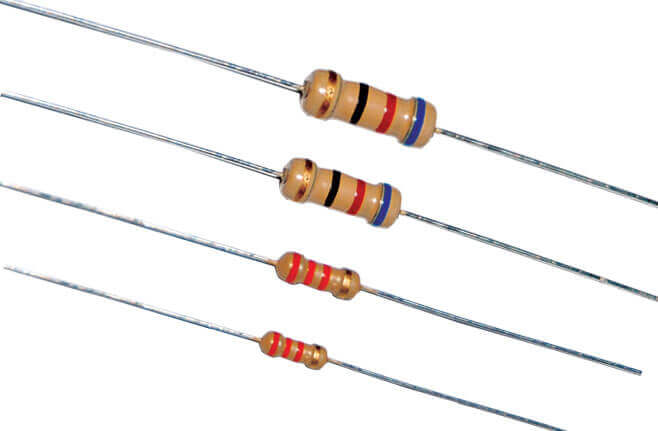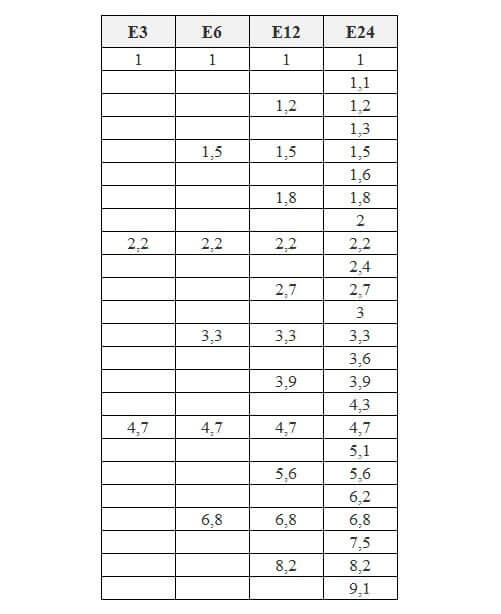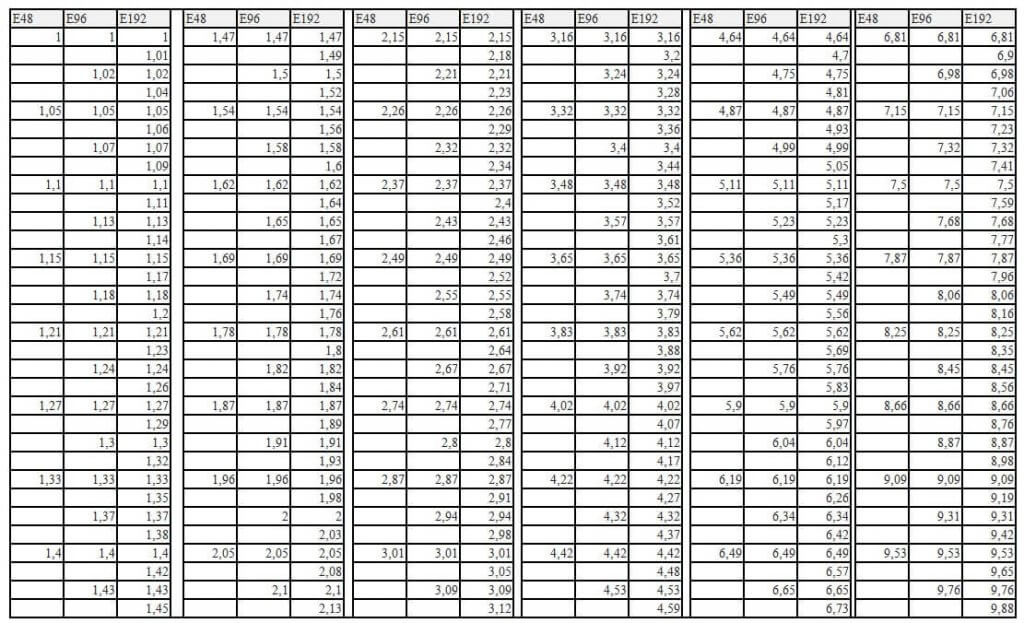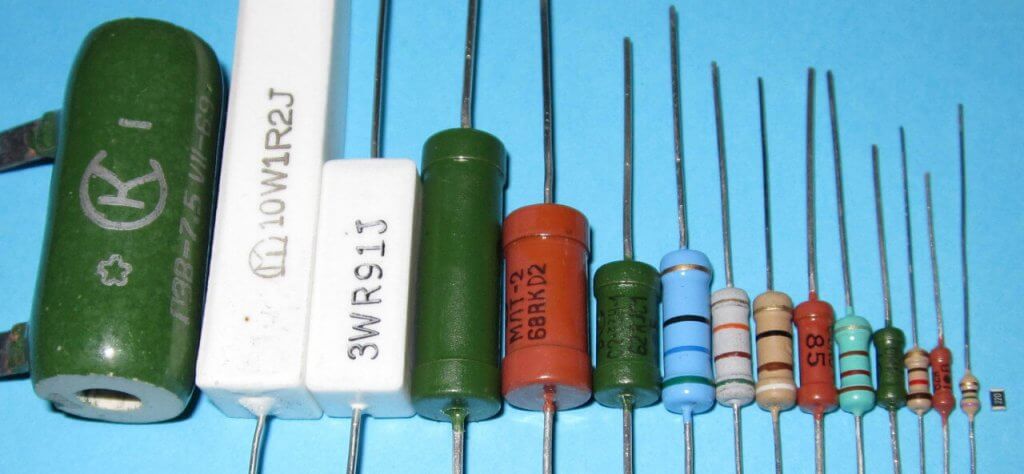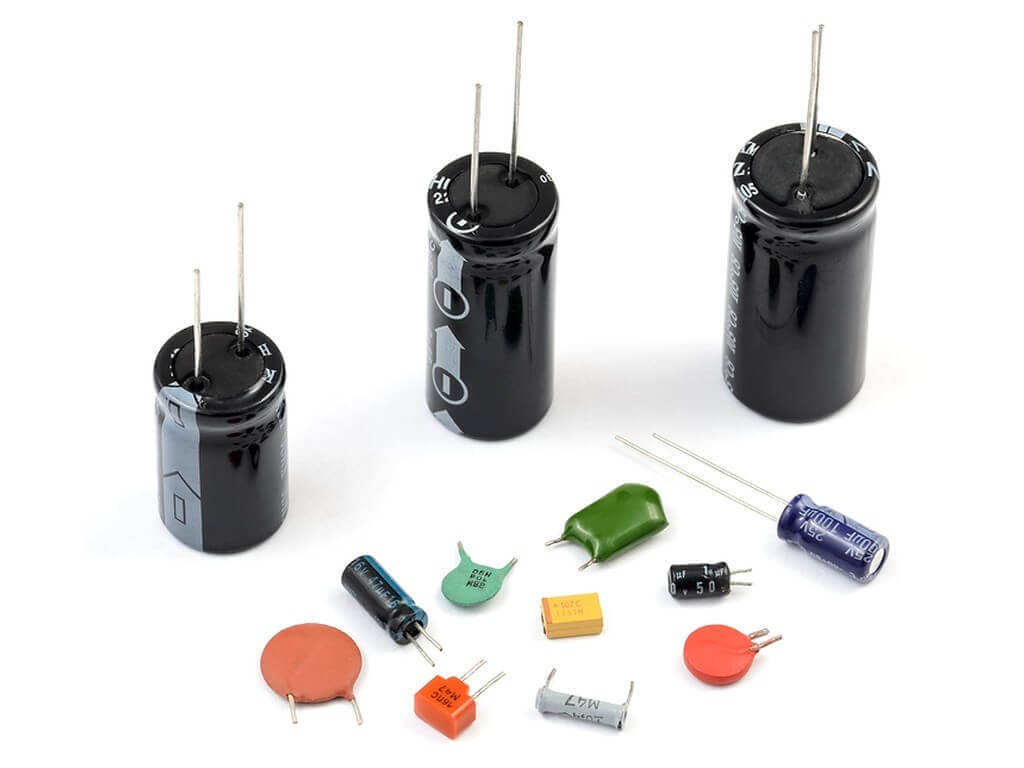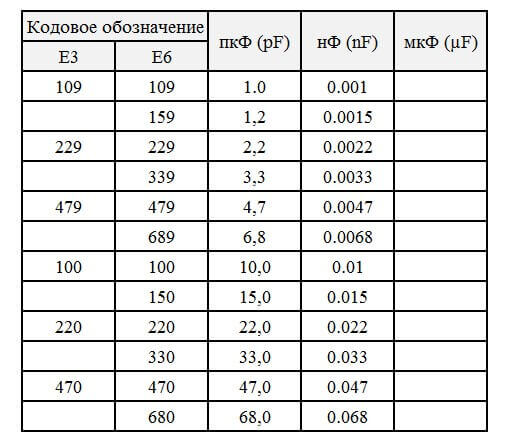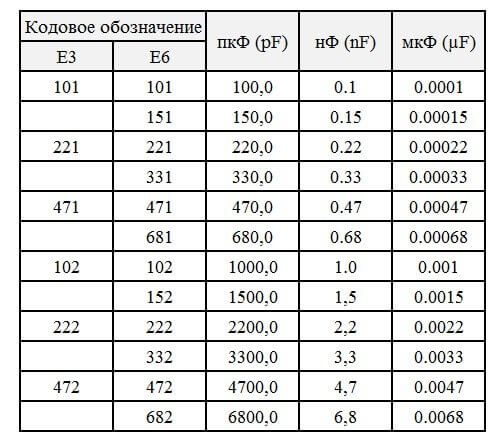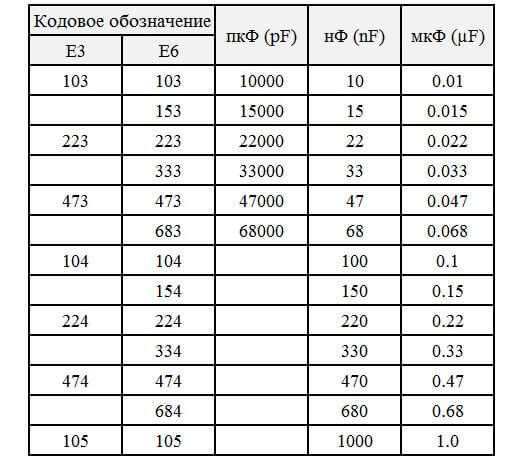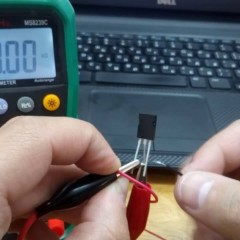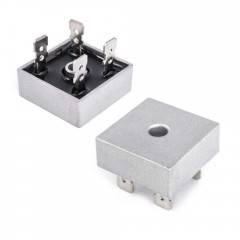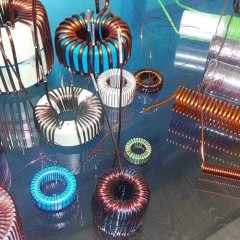What are the ranges of denominations of radio components
What it is
A number of ratings are typical values of the nominal values of electronic components. In addition to the value, they determine the permissible deviations for this group of parts. The standardization of the resistance, capacitance and inductance values for industrial products is needed to match the products manufactured in different countries.
A number of denominations are denoted by the Latin letter E and numbers. The numbers reflect the number of nominal values of the resistors, capacitance of the capacitors or inductance of the coils in it. For example, in E3 - 3 values, and E24 - respectively 24.
The letter E means that it complies with EIA (Electronic Industries Alliance) standards.
The beginning of the standardization process was laid back in 1948 at the Technical Committee No. 12 “Radio Communication”, when values of the values close to E12 were given. And already in 1950 were developed E6, E12, E24. As a result, only 7 series of standard values and tolerances of deviations (errors) from them were adopted. What is it for?
Suppose in E6 there is a digit “1.0”, then all resistors must have resistance in fractions of this number (if divided) or multiplied by 10n. For instance:
1,0*102=100
This means that there may be a 100 ohm resistor. The next digit in the set is “1.5”. That is, there is no 120-ohm element in the set of E6 values, maybe already 150 Ohm. Why is this done?
As we have already mentioned, certain tolerances are tied to each row, for E6 it is ± 20%, which means that the resistance of the “100 Ohm” resistor in this case can be from 80 to 120 Ohm. In order to “separate” these values from each other, a specific step was chosen.
The step is also not chosen arbitrarily, the set of denominations is a table of decimal logarithms, you can calculate the value of any member of the series by the formula:
where n is the member number and N is the row number (E3, E6, etc.).
Let's deal with this issue in more detail.
Rating Tables
Just note that the numbers from all series are the same for capacitors, and for resistors, and for chokes. But there are some features. Immediately make a reservation that the most common are:
- E3 (currently almost never used, but you can meet old elements corresponding to it);
- E6;
- E12;
- E24;
As we have already said, the permissible deviation from the indicated nominal depends on a number of ratings, to which the electronic component belongs. The table of tolerances you see below:
| Row | Tolerance |
| E3 | ±50% |
| E6 | ±20% |
| E12 | ±10% |
| E24 | ±5% |
| E48 | ±2% |
| E96 | ±1% |
| E192 | ± 0.5%, 0.25%, 0.1% and more precisely |
It turns out that the error of the elements corresponding to the values from E3 can differ by half in both directions, while the common E24 is only 5 percent. Consider typical values.
For resistors
On the market you can find resistance from all existing series, except that E3 are not found in new components. The table below shows the values for groups E3, E6, E12, E24, the last three are most often found.
We also give values from the series of denominations E48, E96, E192.
Beginners often ask: "How to use these numbers?"
Everything is quite simple. Suppose you calculated a resistor for a circuit. As a result, it turned out that we needed an element with a resistance of 1170 Ohms.
After analyzing what you can buy in the nearest store, we decided that we need to choose from the volume of E24 values and saw that there are numbers 1.1 and 1.2. These numbers need to be multiplied or divided by 10 so many times to get a value close to your calculations, for example:
1.1 * 10 * 10 * 10 = 1100 Ohm
1.2 * 10 * 10 * 10 = 1200 Ohm
Here, 1200 ohms or 1.2 kOhms are closer to 1170 ohms than 1.1 kOhms. So you have already chosen a suitable value from a series of E24 ratings. Thus, you can choose the correspondence of the calculated resistor to the real one, which you can find on sale or in your own bins.
For capacitors and inductance
The capacitance of constant capacitors is similar. But most often found on sale are items from the series EZ, E6, E12, E24, less often E48, E96 and E192. This is due to the fact that capacitors with a lower tolerance are difficult to manufacture.
The way you use the above tables is similar. For the example below, we will place a table with a code designation and the nominal capacitance of capacitors from E3 and E6 in pico- and microfarads.
Inductors or, as they are also called, chokes are issued by manufacturers according to the same rules - inductances most often correspond to values from E12 or E24.
It is worth noting that most electronic circuits do not require high accuracy in the selection of electronic components and a deviation of 5 or even 10% is considered acceptable. Moreover, having bought several identical parts, you can measure their real resistance, inductance or capacitance and select the ones closest to the calculated ones. Also take into account the features of the device, for example, how the values of the elements change at different temperatures. That is all we wanted to tell you about the series of denominations of radio components.
Related materials:

